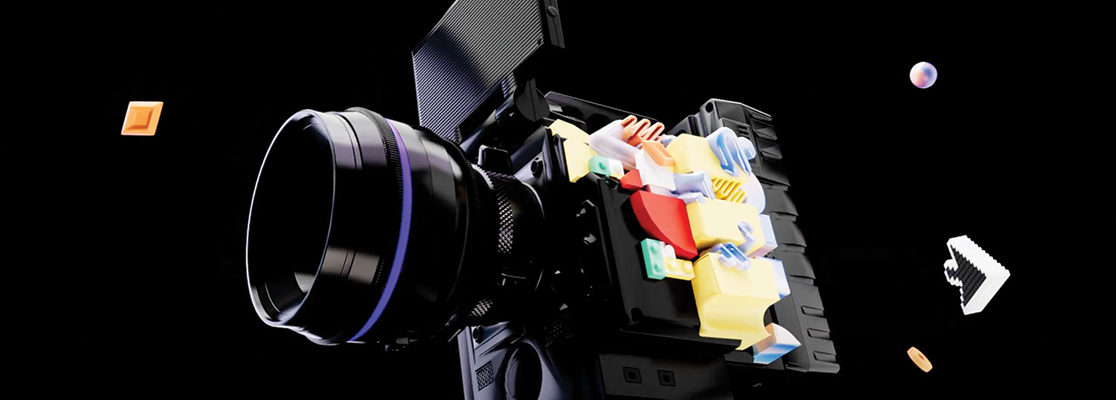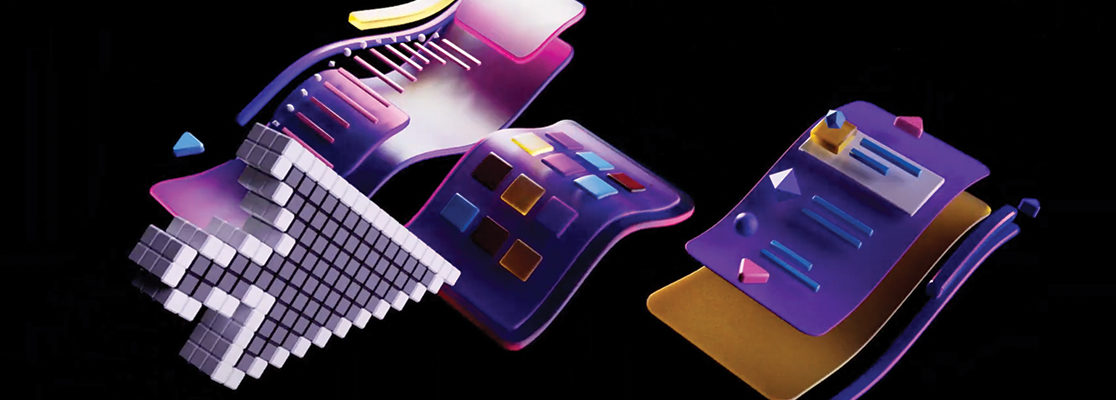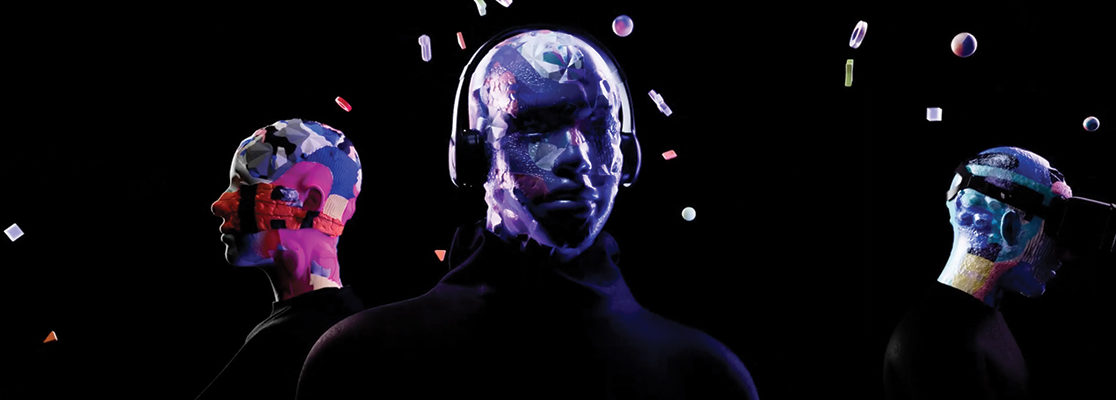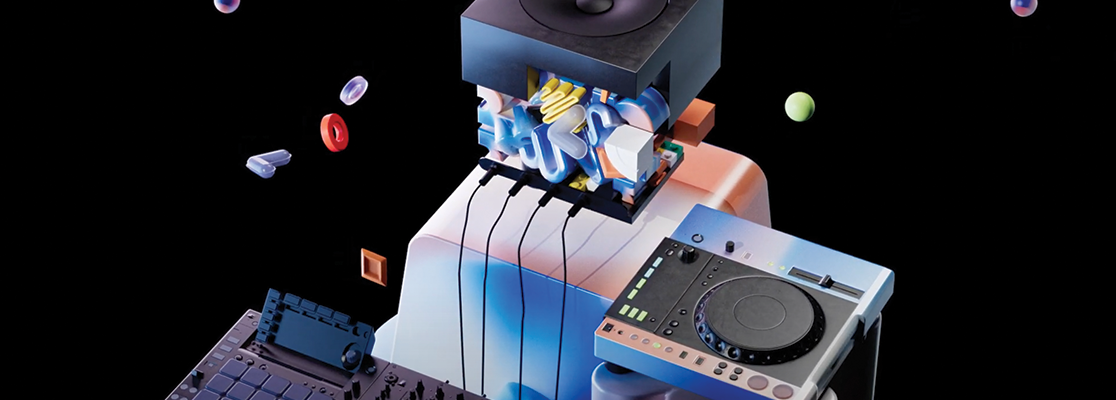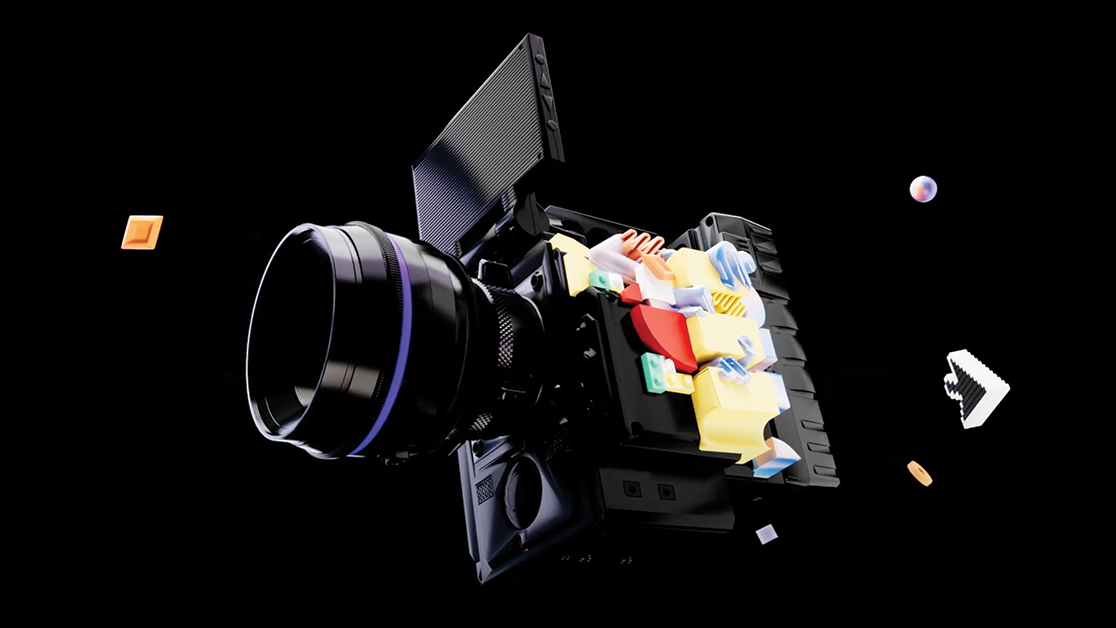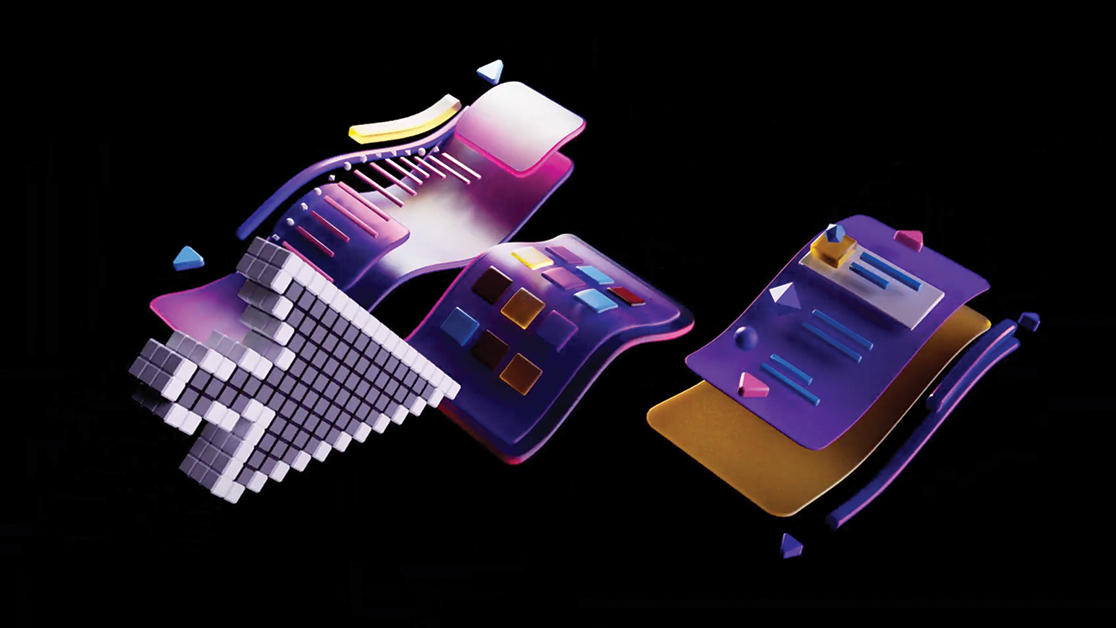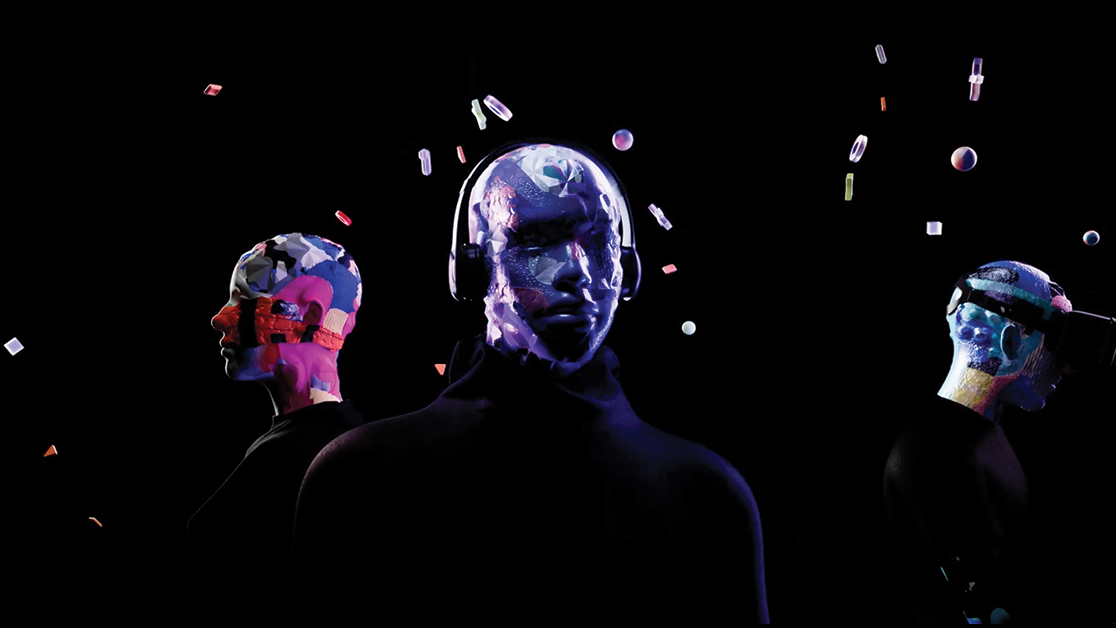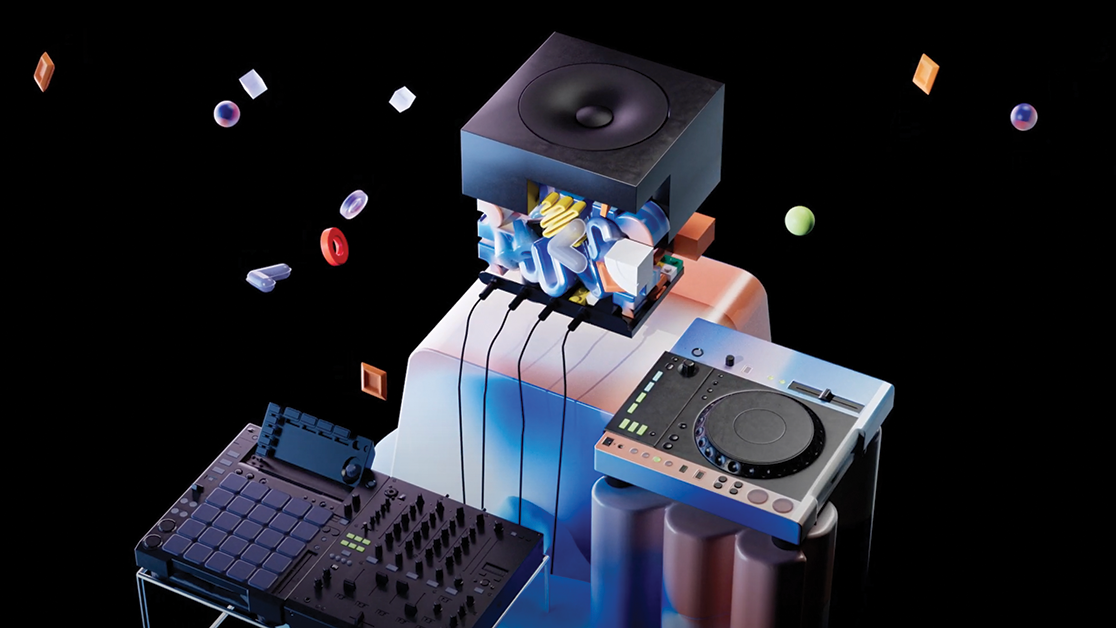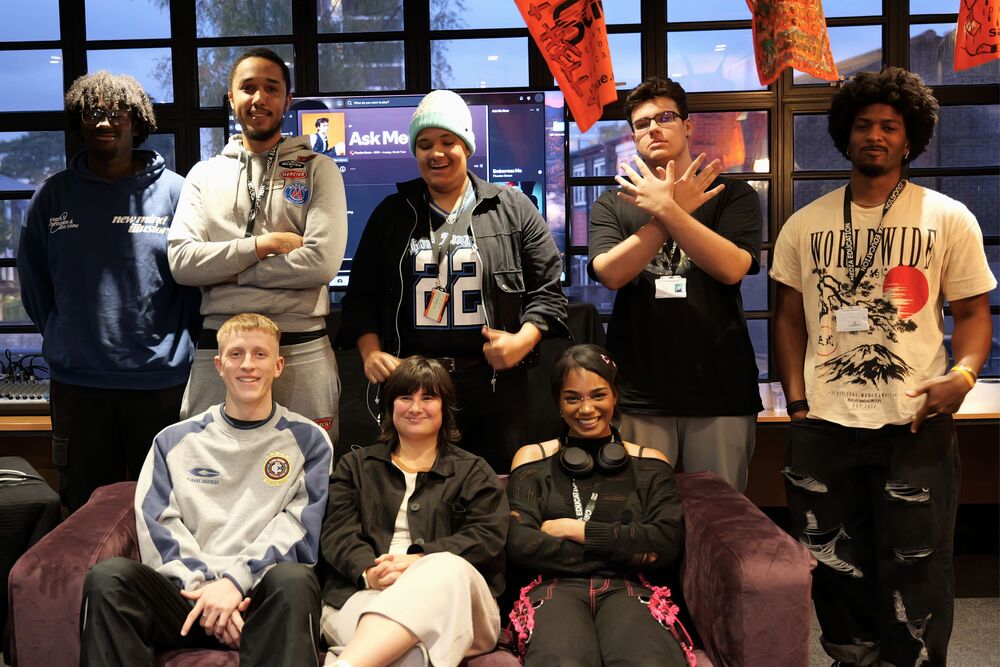As a producer, engineer and songwriter Steph Marziano has plenty of studio experience with many contemporary greats.
Born in Philadelphia in the US, now based in East London, Steph’s CV boasts credits with Sam Smith, Kasabian, Bruno Major, Mumford and Sons and more.
She earned her studio stripes studying in Liverpool before working her way through different roles including engineering, producing and mixing.
Our Audio Production students were recently treated to a masterclass from Steph where she explored her work with Phoebe Green on the track, Embarrass Me.
We’ve pulled together some essential tips from the session – and if you’d be interested in joining our Audio Production course, then contact our team.
Use a particular skill to fuel your passion
I worked as a studio assistant for a couple of years, then worked as an engineer, then began producing. I’m now focused on songwriting.
I always saw engineering as my day job so I could ultimately start to write my own music.
At the start, knowing different styles and skills can be really beneficial
It’s hard to be focused on just one musical genre, especially in today’s landscape where everyone is mixing so many styles together. This means being confident in working across multiple styles can really help when you start out.
As an engineer at a studio, you never get to choose the sessions you work on. One day, there could be a rock band session, then the next is hip hop.
When I started writing and producing, I was able to take what I learned from certain genres and mix them up. It’s really important to listen to plenty of different types of music and take as much experience from working with different artists in sessions as you can. It can be really powerful to bring what you’ve learned from them together.
There’s no such thing as a demo anymore
With Phoebe Green, the demo ended up being the final version. We wrote the song in one day, then spent another half day finishing the production. I did the mix separately – but most of what was in the final version came from the rush of ideas we had when we first came together.
Use the gear you trust in co-writing sessions
For writing in sessions, you want to get your ideas down as quickly as possible. Due to time and resource constraints, you often pick something up to play a synth part, then it stays in the final version of a track.
For example, I sometimes use a Mini Moog. There’s no rhyme or reason to this other than I feel comfortable with it. Usually, when in writing sessions, you want the ideas to come as quickly as possible so it doesn’t distract from the artist writing the songs.
If you have time, then of course experiment. However, when working to a deadline, it makes sense to stick to what you know – and this includes your studio gear.
The artist comes first
Producers now have more recognition than ever before. However, as a co-producer, the artist always comes first and the producer’s role is to support them in making their vision become reality.
As a producer, a huge part of the job is deciphering what the artist wants. It can sometimes be a balance of trying to achieve what is best for the song and what the artist wants – sometimes this can mean a compromise.
If an artist asks for a certain sound, then you can come up with an interpretation. The more studio experiences you have, the more you get used to working with deciphering what artists want.
Wide musical taste is more important than music theory
You should listen to as much music as possible, study the vibes of different records, work out what artists and producers were trying to do.
It can be important to have a broad knowledge of different sounds and styles, from a knowledge of seventies rock to nineties sounds. This can give you more to work with when an artist or collaborator references a period or style. And you get better at this, the more you do it.
Sometimes you can ruin a song during the mix process
Over the years, I’ve learned to question what we like about a particular track and what to prioritise. I don’t want to kill the original vibe or energy. If there were great things from the first performance or recording, then I’ve learned it can be best to keep them in, even if the vocals we used were the vocals from day one. If they were great, then they work.
Use whatever DAW you feel most comfortable with
I use ProTools as I know it well and have used it for a while. But I know people who use Ableton and Logic,
I don’t think there is a sound difference. In fact, it’s about whatever makes most sense to you and you feel most comfortable with.
You have to keep people interested in a track
You need to give listeners ear candy to keep them engaged and remember, Spotify doesn’t count a stream unless it’s been played for a certain amount of time.
This means I do as much as I can to make it interesting for people to stick with a track. I like to include certain elements, perhaps in the build up to a chorus or calm everything down at the finale. These little elements in a song’s transitions can be the difference between a mid-level production and a great production.
Visit stephmarziano.com for more information.
Study Audio production at SAE
At SAE, our Audio Production Degree can help students learn the latest production skills and techniques to further their careers.
Our course encourages students to adopt a future-facing mindset where they are keen to understand more about how innovation and technology will shape the industry and their work.


